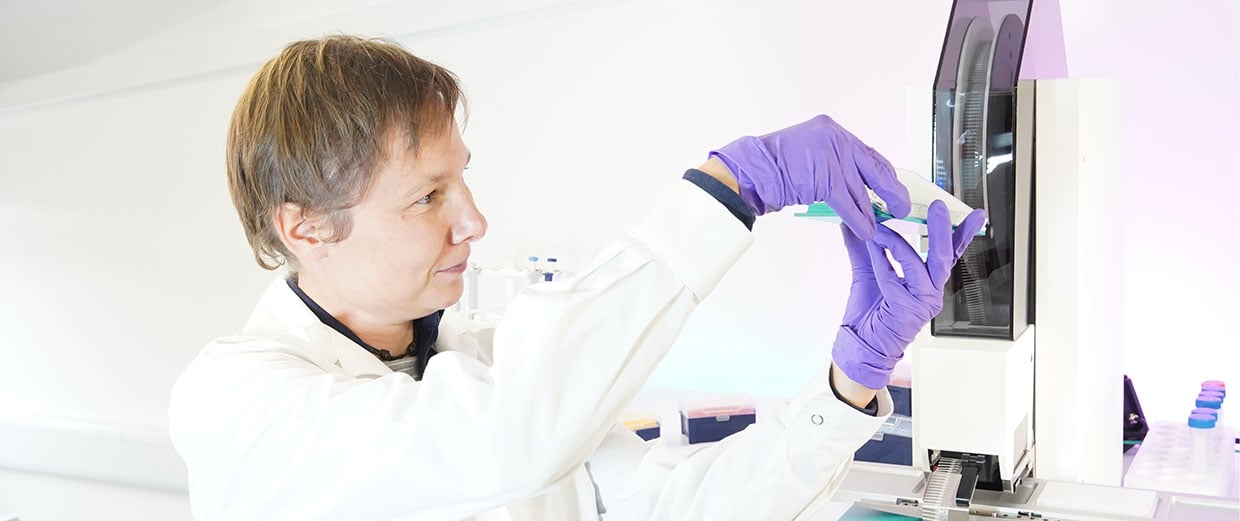Most assay classes (biochemical, cell-based and genomics assays) can be miniaturized to at least 384- if not 1,536-well plate formats. With low assay volumes, it is essential to mitigate the effects of evaporation to ensure consistently high assay quality metrics. This outcome can be achieved primarily through dispense speed, active or passive cooling, and evaporation barriers.

- Applications
-
Products
-
Liquid Handling
- firefly Accelerate genomic research with innovative all-in-one, compact liquid handling
- mosquito Nanolitre liquid handling technology performs ‘traditional’ tasks at a fraction of the volume, and higher speeds
- dragonfly Delivers accurate and repeatable nanolitre to milliliter dispensing
- apricot Automated liquid handling instrumentation for convenient general use across your entire team
- Sample Preparation
-
Sample Management
- comPOUND A scalable, reliable, and secure compound management solution
- BioMicroLab Easy-to-use sample management automation instruments
- arktic Robust biospecimen storage and management down to -80°C
- lab2lab Novel sample and data transfer network system
- comPACT Reliable and efficient -20°C storage and retrieval has never been more accessible
-
Liquid Handling
-
About
- Company With a focus on liquid handling, sample preparation and sample management, our expert teams create state-of-the-art solutions that scientists and researchers can trust Culture We have one overarching mission: to work together to accelerate life science research. Through our innovative solutions and state-of-the-art tools, we believe we can make a real difference to human health Partners Collaboration is key in our mission to make a real difference to human health. Partnering with application leaders globally, we co-create to solve new challenges across the life sciences. Innovation From the initial prototype through to manufacturing, installation and beyond, we bring a problem-solving mindset and technical expertise to drive innovation
-
Executive Leadership
 Through strategic guidance, visionary thinking, and a relentless pursuit of excellence, our senior executives steer SPT Labtech towards achieving its mission of making a real difference to human health through solving advanced laboratory challenges.
Learn more
Through strategic guidance, visionary thinking, and a relentless pursuit of excellence, our senior executives steer SPT Labtech towards achieving its mission of making a real difference to human health through solving advanced laboratory challenges.
Learn more 
-
View all
 Board of Directors
Board of Directors
 Our Board of Directors are committed to driving the long-term success and sustainability of SPT Labtech, providing expert guidance and oversight to execute the company’s ambitious commercial strategy.
Learn more
Our Board of Directors are committed to driving the long-term success and sustainability of SPT Labtech, providing expert guidance and oversight to execute the company’s ambitious commercial strategy.
Learn more 
-
Knowledge Base
- Resources Our wide range of insightful resources include videos, whitepapers, eBooks, application notes and more Events & Webinars Meet the SPT team at events all over the globe and virtually via our webinars Podcast We chat with innovators and leaders from across the community to gain their unique insights. News Latest news from SPT Labtech globally Blog Our latest blog posts feature trends in research, innovative techniques and new technology
-
11 December, 2025
 5 Key Sample Management Automation Trends for 2025- 2026: An Interview with SPT Labtech’s Cory Tiller
Continue reading
5 Key Sample Management Automation Trends for 2025- 2026: An Interview with SPT Labtech’s Cory Tiller
Continue reading 
-
04 December, 2025
.jpg?length=320&name=SBTi%20Target%20Announcement,%20mktg%20(1200%20x%20800%20px).jpg) Delivering Sustainable Science: SPT Labtech Validates GHG Reduction Targets to Meet Customer Needs
Continue reading
Delivering Sustainable Science: SPT Labtech Validates GHG Reduction Targets to Meet Customer Needs
Continue reading 
-
20 November, 2025
 SPT Labtech enables automated PacBio Kinnex full-length RNA-seq library preparation workflow on SPT’s firefly platform
Continue reading
SPT Labtech enables automated PacBio Kinnex full-length RNA-seq library preparation workflow on SPT’s firefly platform
Continue reading 
10
- Careers
- Home
- Drug Discovery
- Low-volume liquid handling
Low-volume liquid handling
Low-volume liquid handling involves liquid volume transfers less than 2 µL. It is firmly established in compound management and screening workflows and increasingly adopted in other application areas, as laboratories strive to maximize their research output by miniaturizing assays, reducing reagent costs and increasing throughput. It is a technically demanding application that is not compatible with air displacement pipettes and liquid handlers. Therefore, many drug discovery laboratories have invested in dedicated low volume instruments to complement their existing liquid handling infrastructure.
Low volume liquid handling for compound management, screening, and validation workflows
Compound management, screening and validation workflows usually comprise four distinct low-volume liquid handling operations:
- cherry picking: to re-array relevant compounds from library source plates or tubes
- plate reformatting: to work across 96-, 384-, and 1,536-well plate formats
- serial- or direct dilution: for dose-response experiments
- plate stamping: to create assay-ready plate replicates
Although acoustic droplet ejection and digital dispensers are undoubtedly popular choices to create compound dilution series, they still rely on upstream liquid handling steps to cherry pick compounds and transfer them to specialized source plates or cassettes. While it is possible to create multiple, assay-ready plates from a single reagent source plate, the process can be laborious.
Low-volume, positive displacement liquid handlers such as the mosquito LV and mosquito X1 are notable alternatives (and complements) to acoustic and digital dispensers and offer their own unique range of benefits
- extremely low dead volumes from just 0.5 μL per well
- mosquito LV: serial dilution, plate reformatting, plate stamping, acoustic source plate creation capability in a single instrument
- mosquito X1: versatile, low volume cherry picking from plates or tubes
Assay miniaturization
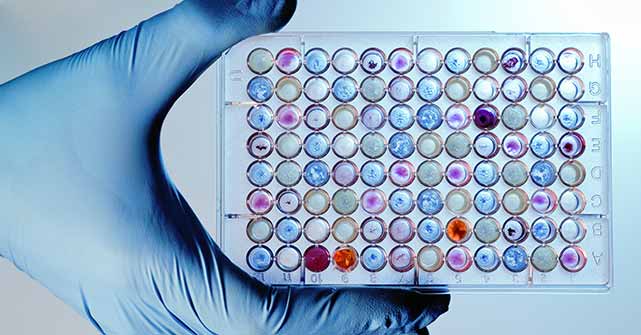
With a shift towards more physiological models of disease (e.g. 3D cell cultures) and new technologies to interrogate disease biology (e.g. CRISPR-Cas9 gene editing, next-generation sequencing) the cost of assay reagents has increased significantly. Assay miniaturization is a crucial approach to lower reagent costs. Transitioning an assay from 96- to 384-well plates typically enables greater than 4-fold reagents savings, whereas a transition from 96-well to 1,536-well plates reduces reagent costs around 10-fold. These cost-efficiencies can be instrumental in enabling higher value research, increasing project output, and improving return on investment for laboratories. Low-volume positive displacement instruments such as the mosquito liquid handler and dragonfly® discovery dispenser are ideal tools for the accurate and precise setup of miniaturized assays. The technology enables researchers to maximise the value of expensive reagents without compromising on the quality or numbers of assays.
FAQs
It depends. Serial dilutions are quicker and easier to set up than direct dilutions. As each dilution point depends on the previous step, there is a risk of accumulating significant errors. Users must ensure the liquid handling performance of their instruments meets strict quality metrics when choosing this method.
In a direct dilution series, all points are set up independently. While this process removes the risks of cumulative errors, no single instrument has the dynamic range required to set up a 3-4 log dilution series. Users therefore need to prepare and utilize intermediate dilutions.
Small liquid volumes are prone to static interference that can cause liquid droplets to bounce or deflect on the plate. Contact liquid handlers tend not to suffer from static issues, as the droplet has little opportunity to deflect in contact mode.
Non-contact dispensers may see issues that are typically more pronounced in the nanoliter dispense range and in very dry environments (water molecules diminish charge build up).
If static interference is of concern, researchers can use a variety of tools such as ionising fans or anti-static guns to remove charge build up. In some instances, simply resting a microplate on a wet paper towel for a few minutes can be sufficient to minimize static effects.
Related Products
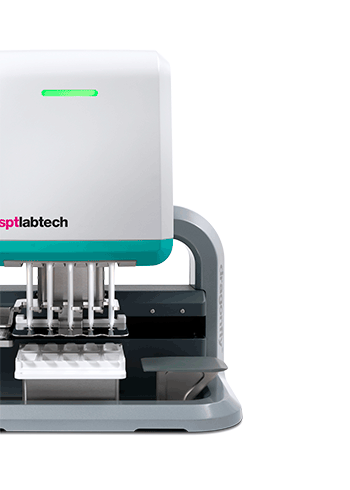
dragonfly® discovery
dragonfly discovery enables innovative, low volume reagent dispensing across a broad range of applications including genomics, assay development, and 3D cell cultures. Highly repeatable and accurate low volume dispensing, rapid large volume dispensing, and ultra-low dead volumes allow researchers to minimize reagent costs, save time, and standardize assays for superior quality data.
explore dragonly discoverymosquito® X1
mosquito X1 offers precision low volume sampling of any individual well in any plate, using unique positive displacement pipetting technology. Its hit picking capability makes mosquito X1 perfectly suited for high throughput screening (HTS) hit confirmation and secondary profiling, as well as high throughput sample normalization and synthetic biology (DNA assembly).
explore mosquito X1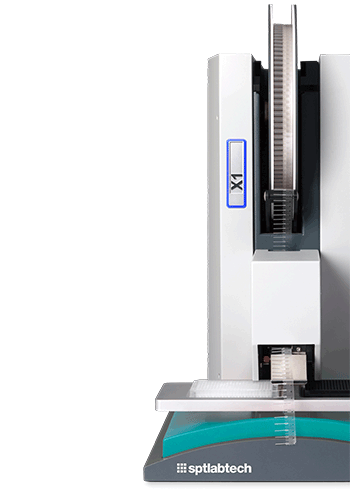
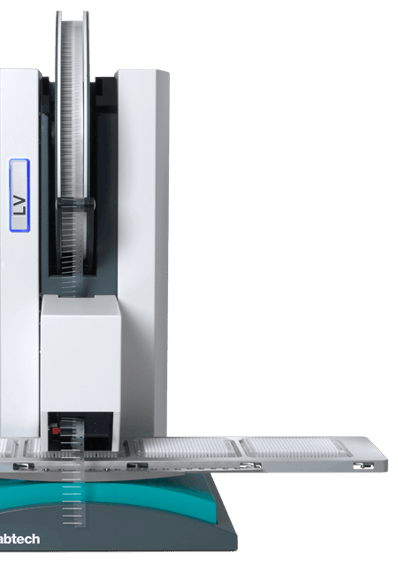
mosquito® LV
mosquito LV simplifies assay miniaturization within automated, high throughput settings. The easy to use instrument enables researchers to benefit from the significant time and reagent savings of minimal dead volumes (under 0.3 μL) and maximize return on research investment.
explore mosquito LVMeet our Field Application Scientists
Our Field Application Scientists will help you to advance your research goals throughout the life of your instrument, optimizing for the applications you need and harnessing its full potential. As specialists in a range of disciplines from structural biology to genomics, the team ensures that the protocols for your applications are scientifically robust, giving you the confidence to pursue novel approaches. Working closely with customers, Field Application Scientists eliminate bottlenecks and streamline workflows to enable successful research outcomes.
